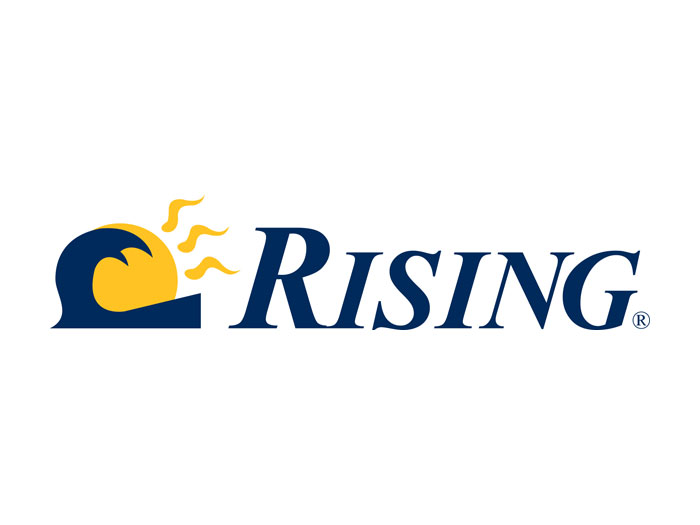White Paper
Novel Migraine Agents: What Is Their Place in Injured Worker Therapy?
White Paper Summary
 Migraines – headaches associated with nausea and sensitivity to light and sound – affect 12% of adults in the United States, according to the American Migraine Foundation. In workers’ comp, certain workplace injuries can exacerbate preexisting migraine conditions, and it has also been suggested that traumatic brain injury (TBI) may be a risk factor for migraines.
Migraines – headaches associated with nausea and sensitivity to light and sound – affect 12% of adults in the United States, according to the American Migraine Foundation. In workers’ comp, certain workplace injuries can exacerbate preexisting migraine conditions, and it has also been suggested that traumatic brain injury (TBI) may be a risk factor for migraines.
In 2019, the FDA approved several migraine treatments within a new class called calcitonin gene-related peptide (CGRP)-targeted agents. These medications are designed to target CGRP, a protein which causes intense inflammation in coverings of the brain when released. Since 2019, new CGRP inhibitors have continued to enter the market in various formulations, including oral solutions, nasal sprays, and disintegrating tablets. According to the above projections, the CGRP inhibitors market segment is anticipated to post the quickest revenue compound annual growth rate (CAGR) by 2030.
But should these novel migraine agents be considered first-line treatments for workers’ comp patients? Let’s answer that question by exploring their efficacy and cost considerations.
For more content like this from Healthesystems visit their RxInformer clinical journal website.






